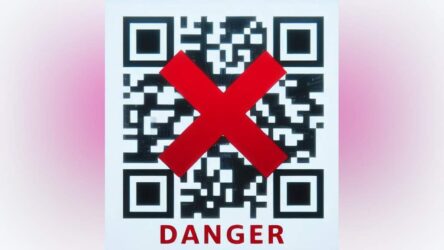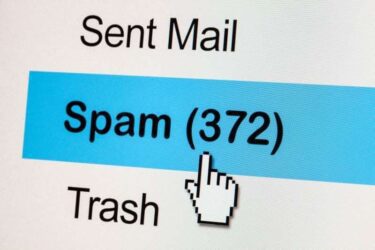In 2022, nearly 49 percent of all email worldwide was identified as spam, up from 46 percent in 2021, while still making up a significant portion of email traffic. Since 2011, the share of spam has dropped significantly. 2022 saw the highest volume of spam emails registered in February, or about 53 percent of global email volume.
As of January 16, 2023, the country with the most spam emails sent in a single day worldwide is the United States, which has approximately eight billion copies. In second and third place are the Czech Republic and the Netherlands, with 7.7 billion and 7.6 billion, respectively.





